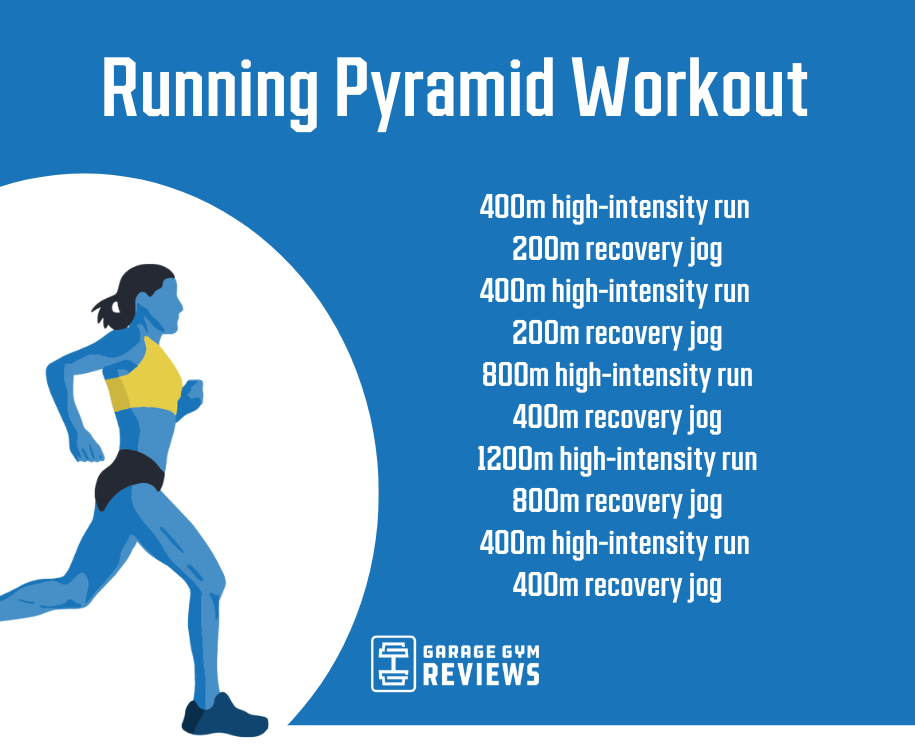Unleash Your Possible: Running Strategy Essentials for Peak Performance
Unleash Your Possible: Running Strategy Essentials for Peak Performance
Blog Article
Exactly How to Protect Against and Handle Pain in Running: Expert Tips and Recommendations
As runners, we commonly find ourselves caught between the enjoyment of pressing our physical borders and the discomfort that can accompany it. The quest of that runner's high can in some cases be impeded by the unwelcome buddy of pain. Whether you are a skilled marathoner or a novice hitting the sidewalk for the very first time, the bothersome existence of pain and pain is a typical denominator. However, there exist tried and tested techniques and expert suggestions that can help minimize and take care of these pains, allowing you to focus on the delight of running itself.
Significance of Proper Footwear
Proper footwear plays an essential role in avoiding and taking care of pain for joggers, as it substantially influences their comfort, performance, and general foot wellness. When it involves running, wearing the right shoes can make all the difference. Uncomfortable or incorrect shoes can lead to a host of concerns such as sores, shin splints, plantar fasciitis, and even much more serious injuries like tension fractures.
Choosing the proper operating footwear entails thinking about variables such as foot kind, gait mechanics, running terrain, and personal preferences. Joggers with high arcs might need more cushioning and support, while those with level feet could profit from security footwear. Additionally, understanding pronation (the inward rolling of the foot) and supination (the exterior rolling of the foot) can aid in choose shoes that give the right level of arch support.
Buying high quality operating shoes that are appropriate for your private demands can aid stop pain and discomfort while improving your running experience. Focusing on proper footwear is not simply about performance but also regarding safeguarding your foot wellness in the lengthy run.

Effective Warm-up Strategies
A vibrant workout regimen before a run aids boost blood flow to the muscle mass, boosts flexibility, and boosts the range of motion of the joints. Dynamic extends like leg swings, high knees, and hip circles are beneficial in preparing the body for the physical needs of running.
Along with vibrant stretches, including some light cardio workouts such as jogging or avoiding rope can further elevate the heart price and heat up the body. This mix of vibrant extending and light cardio helps loosen up tight muscular tissues, lubricate the joints, and psychologically prepares the jogger for the upcoming exercise (running workout). By making warm-ups a regular part of your running regimen, you can substantially lower the threat of injuries and carry out at your best throughout each run
Secret Stretching Workouts
When planning for a run, integrating essential stretching exercises is essential to enhance muscle mass adaptability and avoid injuries - Read More. Dynamic extends such as leg swings, high knees, and hip circles are valuable for heating up the muscles and increasing variety of motion before a run. These motions aid enhance blood circulation, loosen tight muscles, and prepare the body for the task ahead
Static stretches like calf bone stretches, hamstring stretches, and quadriceps stretches should adhere to a run to aid in muscle recuperation and stop why not check here rigidity. Holding each go for 15-30 secs enables the muscles to relax and lengthen, lowering the threat of post-run pain and potential injuries.
Additionally, integrating yoga exercise poses like downward dog, pigeon present, and spine spins can target numerous muscle mass groups at the same time, advertising overall adaptability and strength. Consistent stretching routines not only boost performance but additionally help in maintaining excellent running type and stopping overuse injuries. Remember, proper stretching strategies are important for a risk-free and pleasurable running experience.
Recuperation and Rest Strategies
After finishing a run, carrying out effective healing and rest approaches is important for making the most of efficiency and decreasing the threat of injuries. One essential element of healing is allowing the body time to rest and repair itself. Sufficient rest is critical as it is throughout rest that muscular tissues recover and grow stronger. In addition, including remainder days into your training timetable is essential to stop overuse injuries and burnout.
Active healing methods such as mild extending, foam rolling, and yoga exercise can help enhance circulation, decrease muscle mass discomfort, and boost versatility. It is likewise useful to focus on hydration and nutrition post-run to renew electrolytes, glycogen shops, and promote muscle recovery.
Cross-training activities like swimming or biking can supply a break from the repeated effect of running while still maintaining cardiovascular health and fitness - running workout. Listening to your body and identifying when it requires a break is essential to stopping chronic injuries and guaranteeing long-lasting running success. Remember, remainder is not an indication of weakness but a crucial element of a well-rounded training program
Cross-Training Perks

Furthermore, cross-training aids in stopping psychological exhaustion by adding variety to your exercise routine, maintaining you motivated and participated in your health and fitness trip. It allows you to deal with different elements of physical fitness that may not be targeted entirely with running, resulting in an extra well balanced and well-rounded professional athlete. In addition, cross-training can help enhance running performance by resolving muscular discrepancies and weaknesses that may hinder performance. In general, incorporating cross-training into your routine can result in boosted endurance, speed, and total athletic efficiency while decreasing the chance of injury.
Final Thought
In verdict, appropriate shoes, workout methods, stretching workouts, recuperation methods, and cross-training are crucial parts in protecting against and handling pain in running. By incorporating these methods into your regimen, you can decrease the threat of injury and pain while maximizing efficiency and enjoyment of the sport. Read More. Remember to listen to your body, focus on rest and recovery, and look for expert support when needed to make certain a risk-free and reliable running experience
Report this page